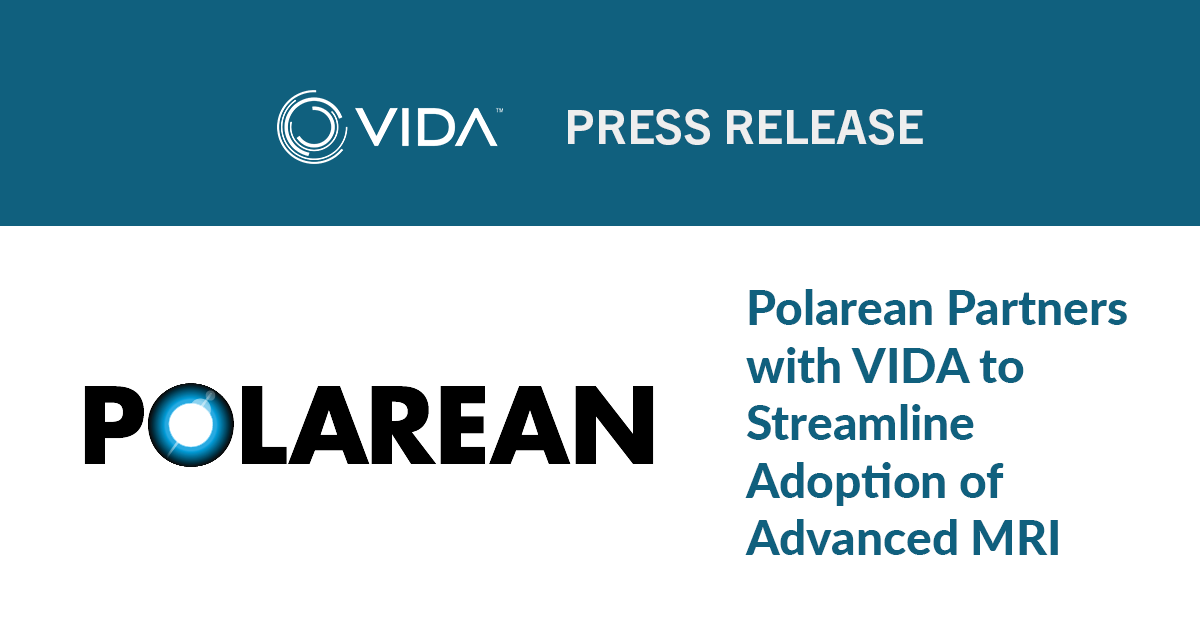Perspectives: An Interview with Prof. Felix Herth on the past, present and future of ELVR therapies
We were honored to "virtually" join Professor Felix Herth in a back-and-forth on the topic of endobronchial lung volume reduction (ELVR). For those in the field of interventional pulmonology, Prof. Herth needs no introduction as he's been at the forefront of clinical trials and clinical practice for many years. Our discussion covers the recent history of ELVR therapies, the current state of affairs, and some predictions/advice.
About Professor Felix Herth
Prof. Herth, currently practicing in Heidelberg, Germany, graduated from the University of Freiburg. He is the Medical Director, Chief Physician of the Department of Internal Medicine, Pulmonology, at Thoraxklinik, University of Heidelberg, which is a leading site for pulmonary care and research. Prof. Herth and his team have led numerous clinical trials related to COPD and endoscopic lung volume reduction therapies.
Professor Herth is also the Editor-in-Chief of Respiration and has served on many industry committees, including the European Respiratory Society (ERS), the American College of Chest Physicians (ACCP) and the German Society of Pneumology (DGP). He has published hundreds of peer-reviewed articles and several books.
Our Interview with Prof. Herth
VIDA: You've been doing ELVR procedures since the beginning and have likely completed more than anyone on the planet at this point. How has ELVR changed from 10 years ago?
Dr. Herth: When options for ELVR came into our hands we were very optimistic. We thought when patients were hyperinflated, it should work. After performing a number of clinical trials, we learned that the different options can improve the patient, but therapy depended only in well defined subgroups. So in recent years we learned, that patient selection is the most crucial part for a successful outcome.
Patient Selection is the most crucial part for a successful outcome."
Prof. Herth
VIDA: What is your approach to treatment selection today? Where does QCT fit in?
Dr. Herth: Following the recent expert recommendation, possible patients should be on optimal pharmacological and non-pharmacological treatment. Active smoking is still a clear contraindication in the opinion of the panel members. Following the recommendation, patients should have significant hyperinflation measured in the lung function by body plethysmography. A non-contrast thin slice volume CT scan should be performed, and any relevant findings must be reported, and co-existent disease identified.
This CT should be analyzed by CT processing software. The software shall give us emphysema quantification scores - a relative lobar difference of this measure is regarded as heterogeneity. Also, based on the scores the targeted area should be recommended based on the QCT analysis. Also, semi-automated analysis evaluation of the integrity of the fissure must be done. In case of a complete fissure integrity (above 95%) the patient qualifies for a valve implantation. When there is partial integrity of the fissure (80-95% complete) an endoscopic flow measurement (Chartis) is recommended.
VIDA: ELVR devices are starting to get US regulatory approval. What advice do you have for US colleagues, or anyone considering the addition of ELVR to their practice?
Dr. Herth: Don’t treat the wrong patients. As mentioned before, the patient selection is the most critical part and QCT can help a lot. I believe in centers of excellence and team discussions.
I believe in centers of excellence and team discussions."
Prof. Herth
Only LVRS and endobronchial valves reached the evidence level to be used outside of clinical trials. The current evidence suggests that the degree of volume reduction is directly correlated to the magnitude of benefit and therefore the technique most likely to induce volume reduction in a particular patient should be considered.
Patients who are not suitable for endobronchial valves or LVRS should be enrolled into the numerous active clinical trials with endobronchial coils, vapor or sealants. Broader treatment has demonstrated new challenges and unusual complications and hence clinical experience should be concentrated in the early phase of introduction of these therapies. Therefore, patients should be treated in expert/high volume centers, which are participating in clinical trials and registries to capture all treatments, when performed outside clinical trials.
VIDA: Is there an ELVR patient story that stands out in your experience?
Dr. Herth: Multiple. One of my last patients worked as a farmer, but due to COPD he had to stop working and was on a long-term oxygen therapy. His RV was > 225%.
We evaluated him carefully and in a MDT discussion and we decided to place valves in his left lower lobe following the QCT analysis. 30 days later he was off oxygen and back to work. The patient is super happy and we are as well.
VIDA: What are the biggest hurdles preventing broader utilization of ELVR across the severe emphysema population?
Dr. Herth: In Europe it costs us several years to convince patients and referrals. Only when you offer the right technique, to the right patients will see successful procedures.
And successfully treated patients will convince the referral to send the next candidate. Therefore, ELVR and LVRS should be only performed in expert/high volume centers, which are participating in clinical trials and registries to capture all treatments.
Remembering Mark Twain: “If you only have a hammer, everything looks like a nail.” If a center only has access to one technique, it will never work.
If you only have a hammer, everything looks like a nail.”
-Mark Twain
VIDA: What ELVR innovations or evolutions are you most excited about? Where will ELVR go from here?
Dr. Herth: ELVR will see a couple of new options soon. Several devices are tested in animal trials and move to first in human trials, but even with the next round of devices we will not see a single device that fits for all patients. Therefore, patient selection, with the help of QCT analysis, will be the points which guide to select the best technique for an individual patient.
Even with the next round of devices we will not see a single device that fits for all patients. Therefore, patient selection, with the help of QCT analysis, will be the points which guide to select the best technique for an individual patient."
Prof Herth
VIDA: Do you ever perform combination ELVR therapies where you use devices from multiple companies? If so, would it be ideal to have a single patient-centric planning resource vs. multiple device-centric planning tools?
Dr. Herth: We treated a couple of patients with different devices. Actually, we only use valves and LVRS outside of clinical trials and we have several patients, being treated on one site with valves and the other with LVRS.
All other techniques we only use in clinical trials and therefore a combined approach is not possible. The future will be a combination therapy. For example, it’s really rare that a patient has both sides complete fissures. You can treat one site with valves, but the disease will progress, and the patient will come back and will ask for help again. So, we need something different for the other lung. But also here, the guidance will be given by the QCT analysis.
The future will be combination therapy...but also here, the guidance will be given by the QCT analysis."
Prof Herth
VIDA thanks Prof. Herth for his time and insights in this interview.
-end-


